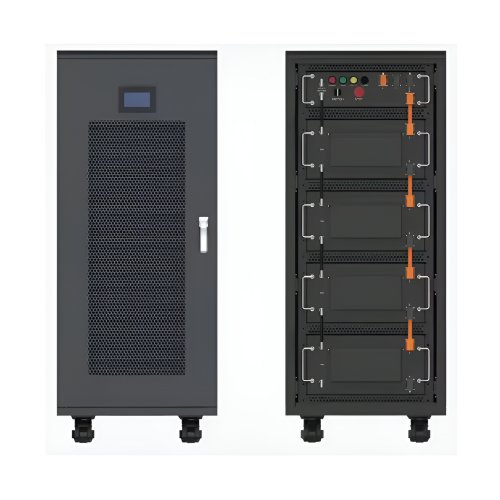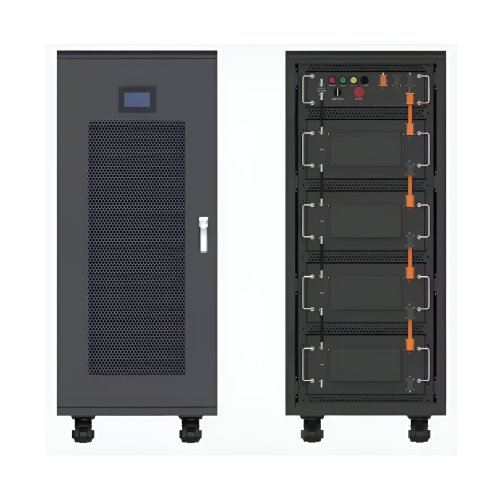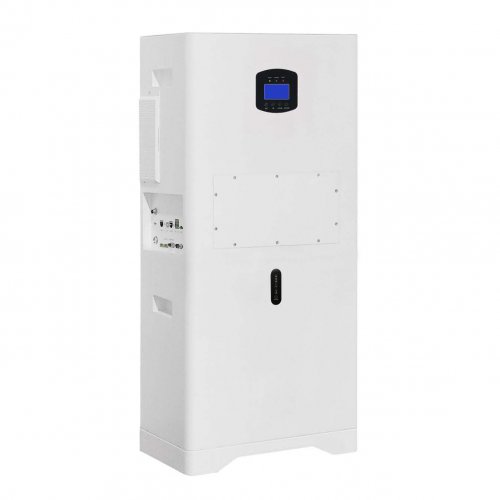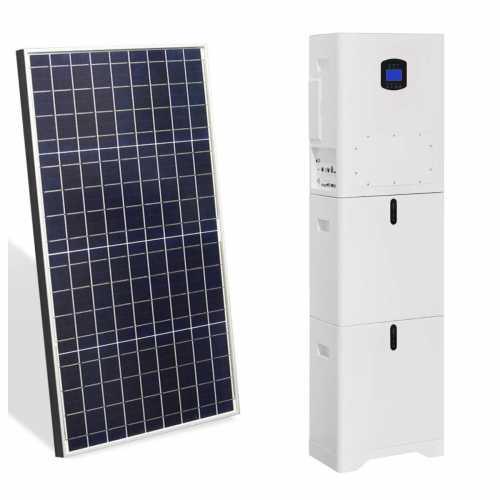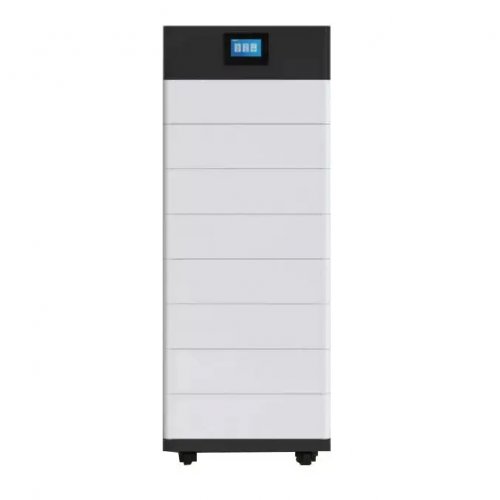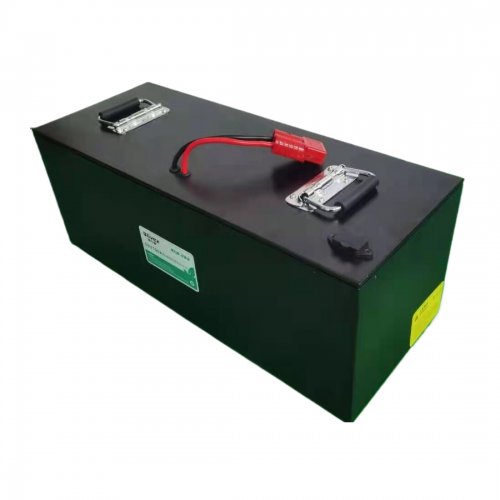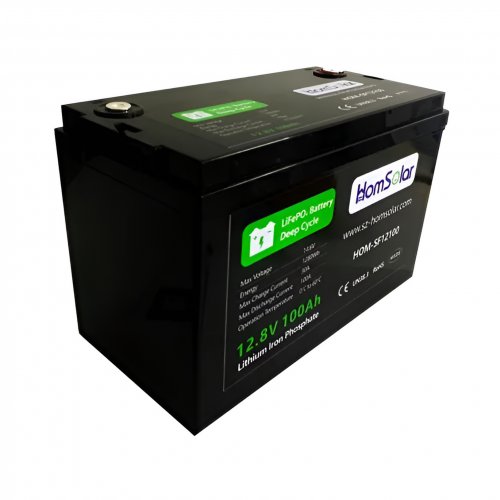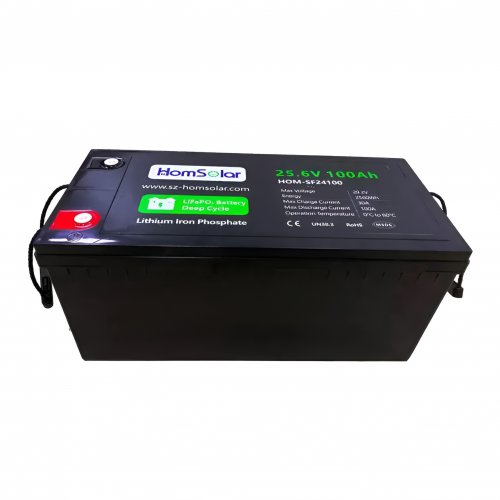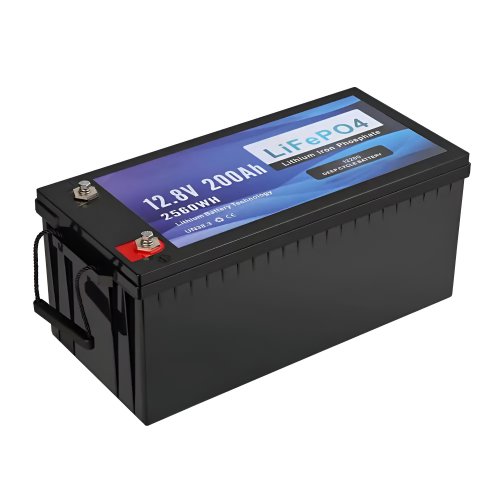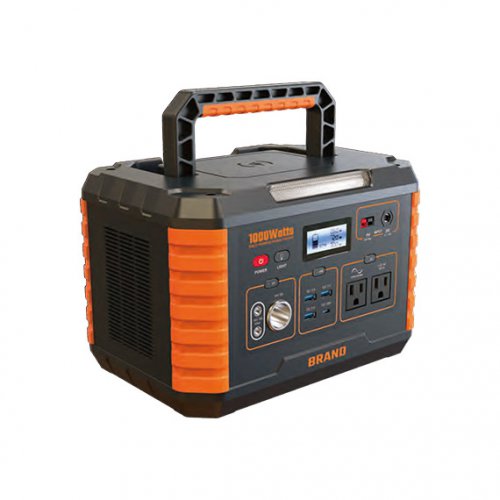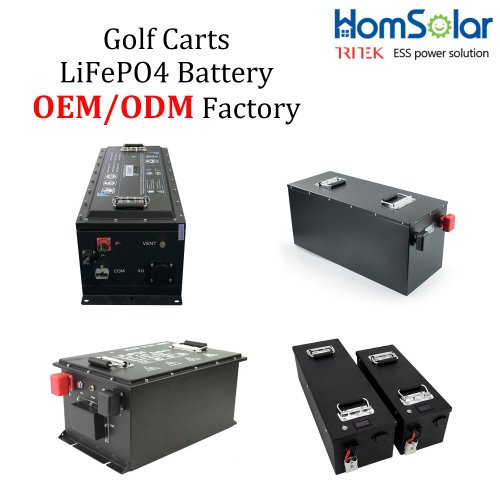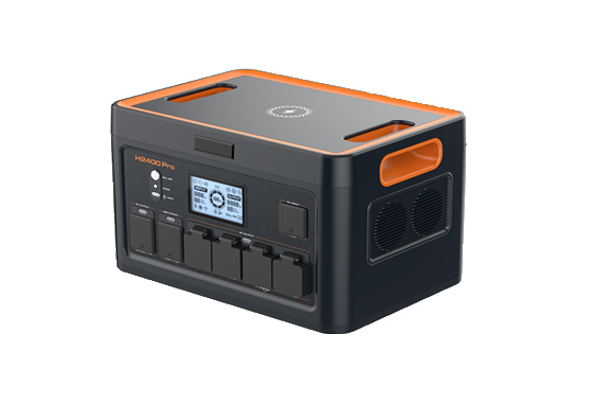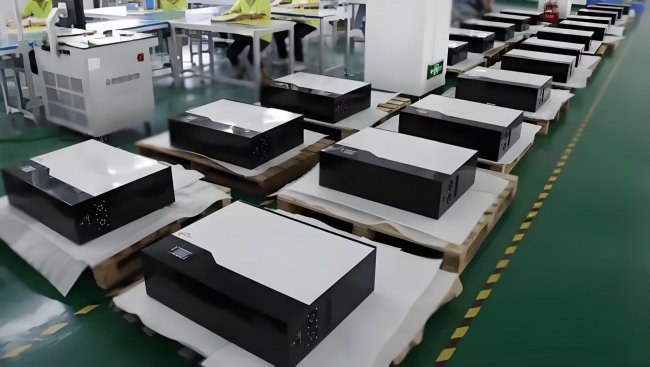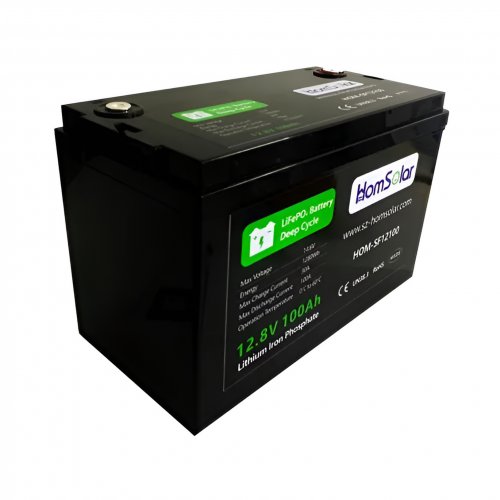How To Use Temperature Range: A Practical Guide For Optimal Performance
Understanding and effectively using the temperature range is crucial in various applications, from industrial processes to home appliances and scientific experiments. Whether you're monitoring environmental conditions, calibrating equipment, or ensuring safety, mastering temperature ranges can enhance efficiency and prevent costly errors. This guide provides step-by-step instructions, practical tips, and key considerations for working with temperature ranges.
Before using a temperature range, clearly identify your needs:Tip: Consult technical manuals or industry standards (e.g., ISO, ASTM) for recommended ranges in your field.
Accurate temperature management depends on reliable tools:Tip: Calibrate instruments regularly to ensure accuracy, especially in critical applications like pharmaceuticals or labs.
Follow these steps for effective monitoring:1. Placement: Position sensors in representative locations (e.g., center of a fridge, not the door). 2. Frequency: Set intervals for manual checks or configure automated alerts for out-of-range readings. 3. Documentation: Maintain logs to track trends and identify deviations.
Example: In a greenhouse, place sensors at plant canopy level and near ventilation points to ensure uniform conditions.
To stabilize temperatures within your target range:Tip: For energy efficiency, avoid frequent adjustments; instead, optimize settings gradually.
Address these challenges proactively:Solution: Validate measurements with a secondary device and replace worn-out components.
1. Safety Margins: Stay within 80–90% of the maximum range to prevent system stress. 2. Environmental Factors: Account for humidity, altitude, and airflow, which affect temperature stability. 3. Human Error: Train users to interpret data correctly and avoid misconfigurations.Critical Reminder: In medical or chemical settings, even minor deviations can pose risks—always prioritize redundancy and alarms.
Next Steps: Review your current setup, identify gaps, and apply these strategies to refine your process.
Customized/OEM/ODM Service
HomSolar Supports Lifepo4 battery pack customization/OEM/ODM service, welcome to contact us and tell us your needs.


HomSolar: Your One-stop LiFePO4 Battery Pack & ESS Solution Manufacturer
Our line of LiFePO4 (LFP) batteries offer a solution to demanding applications that require a lighter weight, longer life, and higher capacity battery. Features include advanced battery management systems (BMS), Bluetooth® communication and active intelligent monitoring.

Customised Lithium Iron Phosphate Battery Casing
ABS plastic housing, aluminium housing, stainless steel housing and iron housing are available, and can also be designed and customised according to your needs.

HomSolar Smart BMS
Intelligent Battery Management System for HomSolar Energy Storage System. Bluetooth, temperature sensor, LCD display, CAN interface, UART interface also available.


Terminals & Plugs Can Be Customized
A wide range of terminals and plugs can be customised to suit the application needs of your battery products.

Well-designed Solutions for Energy Storage Systems
We will design the perfect energy storage system solution according to your needs, so that you can easily solve the specific industry applications of battery products.



About Our Battery Cells
Our energy storage system products use brand new grade A LiFePO4 cells with a battery lifespan of more than 4,000 charge/discharge cycles.



Applications in Different Industries
We supply customized & OEM battery pack, assemble cells with wiring, fuse and plastic cover, all the cell wires connected to PCB plug or built BMS.
Applications: E-bike, Electric Scooter, Golf Carts, RV, Electric Wheelchair, Electric Tools, Robot Cleaner, Robot Sweeper, Solar Energy Storage System, Emergency Light, Solar Power Light, Medical Equipment, UPS Backup Power Supply.
We can provide you with customized services. We have the ability to provide a vertical supply chain, from single cells to pack/module and to a complete power solution with BMS, etc.


HomSolar (Shenzhen) Technology Co., Ltd







